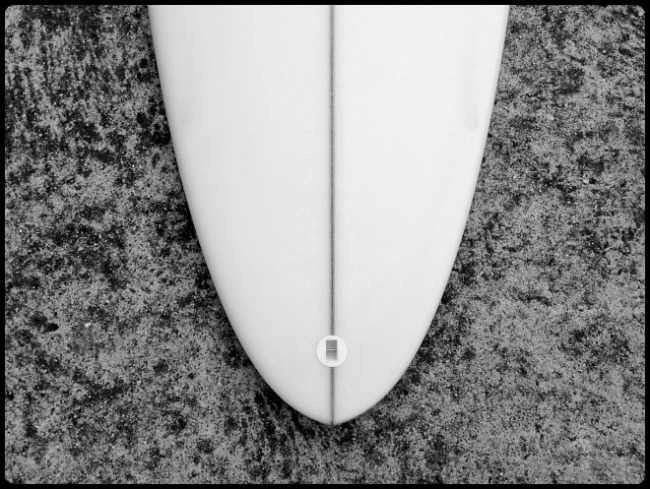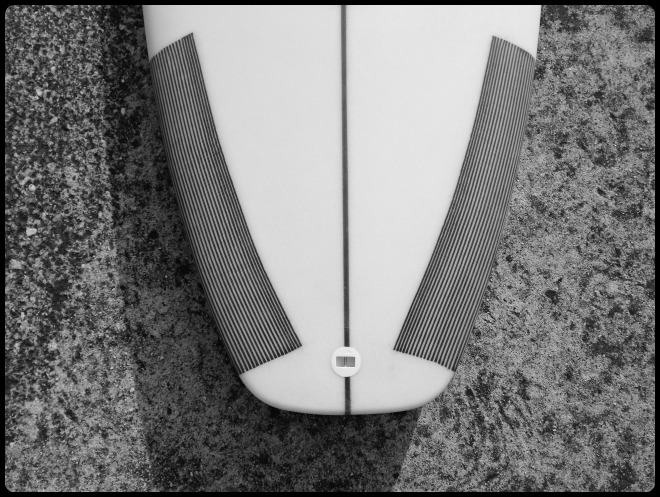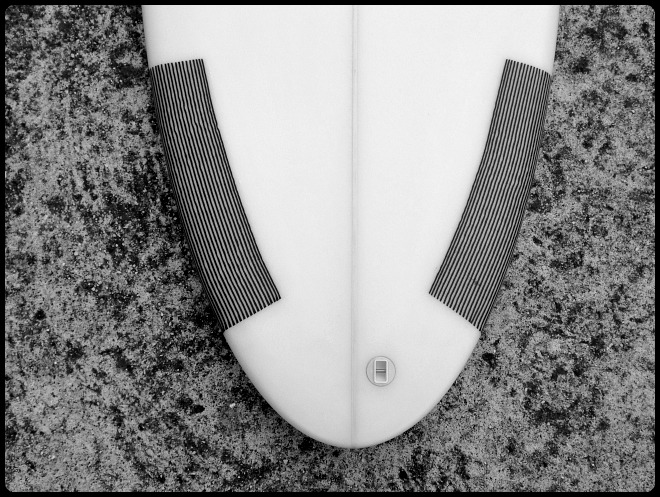Tail shapes are a very important part of surfboard design and how a board will feel when it’s under your feet. Many surfers however remain in the dark with how each different shape will effect the way a board will perform when you ride it. Riding a narrow rounded pin tail in weak 1-2foot Jan Juc may be an obvious mistake, but a swallow tail in 6-foot reef breaks may be a less obvious but very functional choice. Below I will break down the characteristics of each tail shape and shed a bit of light on picking the right tail shape for you.
To start off with, various different tail shapes affect the amount of area that you have in the back end of your surfboard. Fundamentally the more area you have in the tail, the more speed the board will generate in weaker conditions. The trade off is the control that the rider has over the board under their feet. Tails with less area give you greater authority or control over your board. Allowing you to hold your rail better in steeper sections of the wave and change from rail to rail quicker. Keeping those factors in mind – the conditions that you intend to ride your surfboard in will really help dictate the right tail shape for your next surfboard.
Pin tails have significantly less surface area than any other tail shape. They tend to fit tighter into the wave face and therefore allow the rider to remain in control in steeper and more critical parts of the wave. True pin tails are usually the go to tail shape for really big, hollow and/or barreling surf. Just about all the guns (big wave boards) you see and boards for super thick hollow waves (think Pipeline or Teahupoo) have this tail shape because when it comes to the crunch 😉 you really wouldn’t want to be sliding around too much on any of those waves.
Rounded pins are a great choice for step-up boards. You’re taking the significantly reduced area of pin tail – i.e. you want something to really help you grip the wave better – but you’re adding a touch more surface area, in effect loosening up the feel of the board a little. A good example of a place you’d ride a round pin would be Bells on a pretty solid day. You still want to be able to hold your line on the wave and handle the speed that it gives you, but you also want to have a touch of looseness there so you can go to town carving on those big walls.
Squash tails, rounded square, or square tails are a safe choice for all round surfboards and generally make up the bulk of the surfboards sold. Their outline makes them very user friendly and versatile in a lot of different conditions. These tail designs suits the majority of types of waves that most of us spend our time surfing in Victoria. The way that the tail sits in the water, being a little broader makes them suit waves that you are going to be doing a lot of turns on. They make your board feel a lot looser because it’s not gripping the wave as much. The increased tail area helps carry you through the flatter sections of the wave making them the go-to choice for everyday conditions (small to medium-sized surf).
Swallow tails are quite similar to square tails in the way that they behave – their advantage lies in the amount of grip they give a board. That little cut-out allows the rider to sink and keep the rail in the back end of the board in the water a little bit better than a square – thus increasing the control and grip you have for a board with more tail area. As a result, you can get away with slightly more tail area – making them an ideal choice for a fish and other fun types of boards for smaller waves. Alternatively, because of their ability to grip the wave face – they can increase the wave range that a regular shortboard can handle – without feeling too twitchy or spinning out.
Round tails sit in between the square/squash tails and the pin tail varieties. Their most noticeable characteristic is the increased curve in the tail that they add to the outline of a surfboard. This increased curve in the outline makes them fit into the curve of the wave a bit better than square/swallow tails. It also makes them smoother and easier to turn than other tail shapes. Generally most round tail variations have slightly less area than squares & swallow tail shapes – this increases the amount of control you have over your board without deviating too dramatically from the loose feel of the squash/square/swallow tail shapes.





